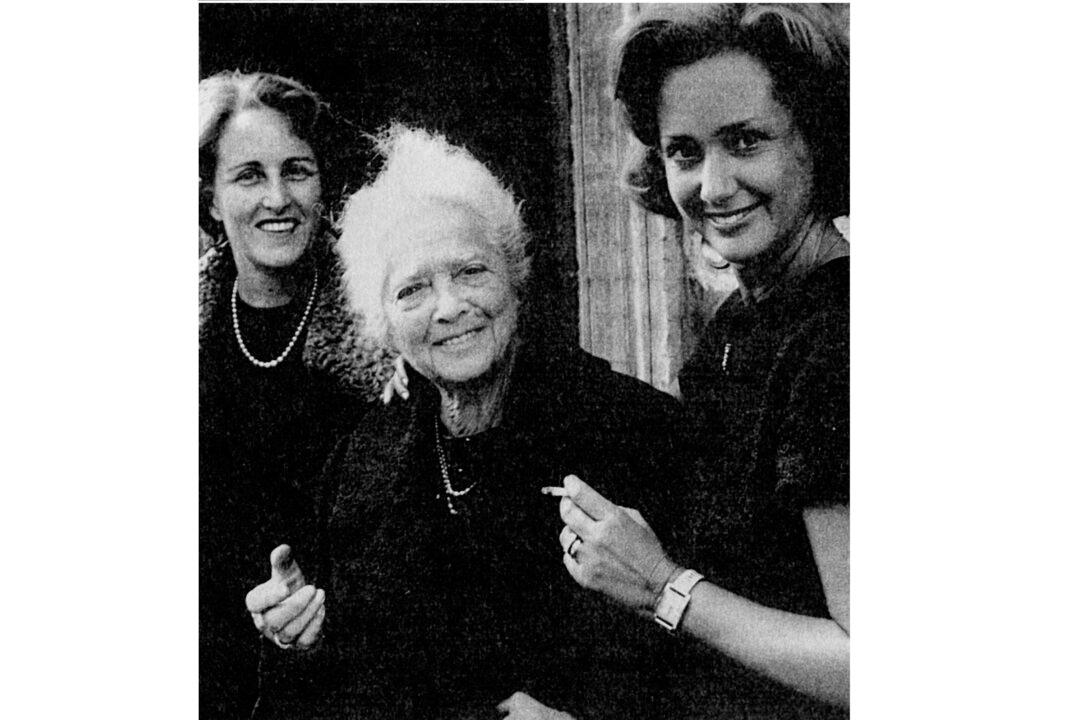If you live in the Italian countryside, you’d better not be in a hurry to return home when you leave your house on any September morning. At some point in the day, you’ll likely find yourself stuck behind a tractor bursting with ripe grapes, carrying its buzzing load to the closest winery. So arm yourself with patience and let yourself be mesmerized by the dull sound of the tractor engine and the twitching bunches of grapes, impatient to become wine ...
The time has come: It is harvest season.





